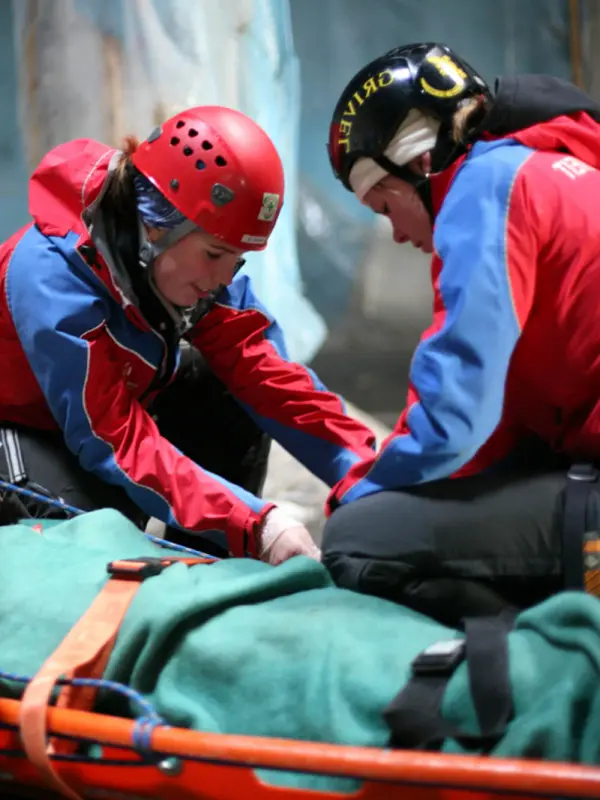Applying the SOAP NOTE format to Avalanche Safety
Applying the SOAP NOTE format to Avalanche Safety:
by Fay Johnson
S: (Subjective Information)
When choosing to venture into avalanche prone areas, first do some homework.
Go online to www.avalanche.org to access Avalanche Forecast Centers that provide
critical information regarding past and present snowpack and weather information.
If you plan to travel to mountainous terrain that you are unfamiliar with, seek
data from local ski shops, friends and other backcountry users that have been
in that area recently. Try to ascertain the following:
Has there been any new snow in the past 48hrs.
What have the winds been like in that area in the past 48hrs
Is there a know weak layer in the snowpack
Have there been reports of recent avalanches in the area in the past 48hrs.
O: (Objective Findings)
Once you are in the field, be a good observer and detective. Look for signs of recent avalanche
activity on slopes of similar aspect and elevation to those you plan to play on.
Be observant of past, current and anticipated weather conditions.
Remember that the recipe for an avalanche includes:
A slope steep enough to slide (30-45 degrees)
A cohesive layer of snow (a slab)
A weak layer (within the snowpack)
A trigger (a skier, snowboarder, snowmobiler)
If you hear or see signs of instability (cracks in the snow radiating from your skis,
a “whomping” sound, recent avalanches etc) alter your travel plans to avoid crossing
or traveling under steep slopes.
Remember treed slopes are not always safe and seeing other ski tracks on a slope
does not guarantee safety either.
A: (Assessment)
Combine the subjective information you gathered before your adventure, along with the observations you make in the field and come up with an assessment of the potential hazards in the area where you plan to go.
P: (Plan)
Based on all the information you have obtained so far, come up with a “travel plan” for your day of recreating in avalanche terrain AND come up with a “rescue plan” if despite your best efforts, something bad happens.
Your “travel plan” might include things to AVOID such as:
Slopes steeper than 35 degrees that have had recent wind loading
Slopes that terminate in a gully or streambed (terrain trap if the slope slides)
Your “rescue plan” might include:
What is your easiest route out (not always the same way you went in).
Is there cell phone service where you are going?
Leave your “proposed itinerary” with someone at home.
Have a projected return time.
Know who to call for rescue help (local SAR, County Sheriff, 911 etc)
Remember, back up “your plan” by ALWAYS following the 3 rules for safe backcountry travel:
Everyone in the party should carry and know how to use avalanche rescue gear
(transceiver, shovel and probe)
Always travel one at a time when crossing or skiing avalanche terrain
Watch your partners from a safe location so you are ready to respond
immediately if a rescue is necessary.
